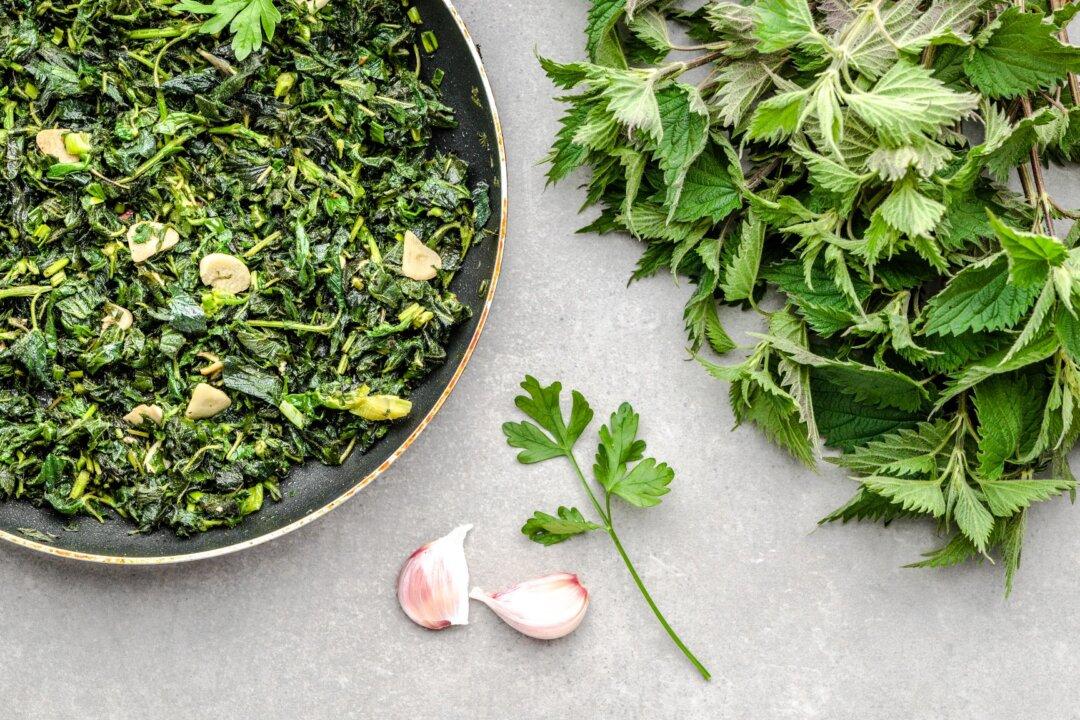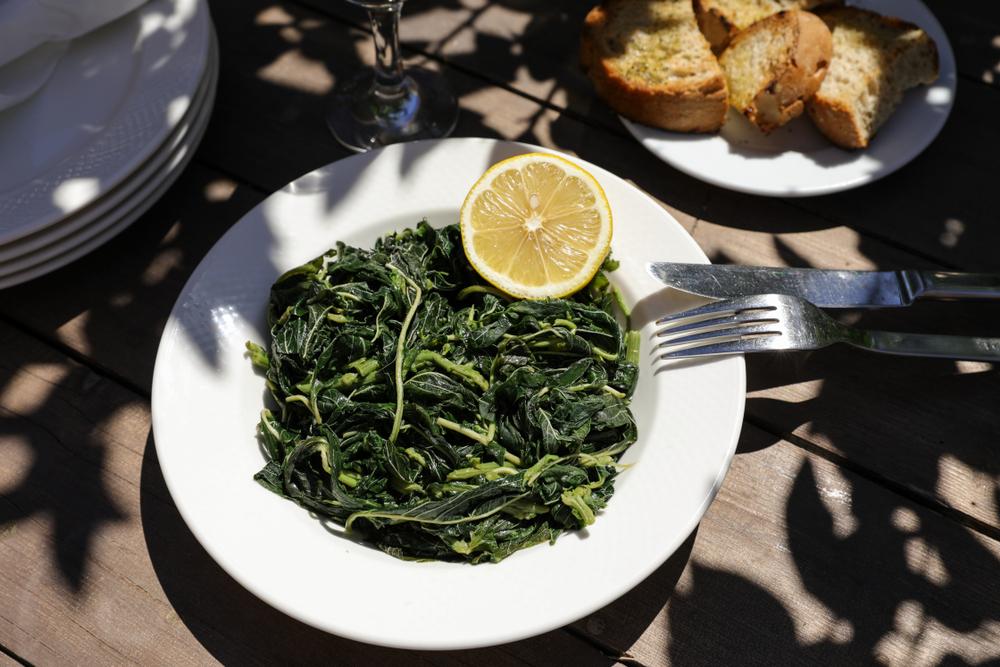Grandma’s vegetable garden, in a village called Crangeni in the Muntenia region of Romania, runs downhill toward a wetland formed by the thinning stream of the Calmatui River. It’s flanked by two diamond hole wire fences, while the marsh is a natural boundary.
Some minute rills that flow into the river form a small pond at the bottom of the garden plot. The fertile soil surrounding it is a perfect habitat for all kinds of mud-sucking perennial plants. There, stinging nettles thrive.





